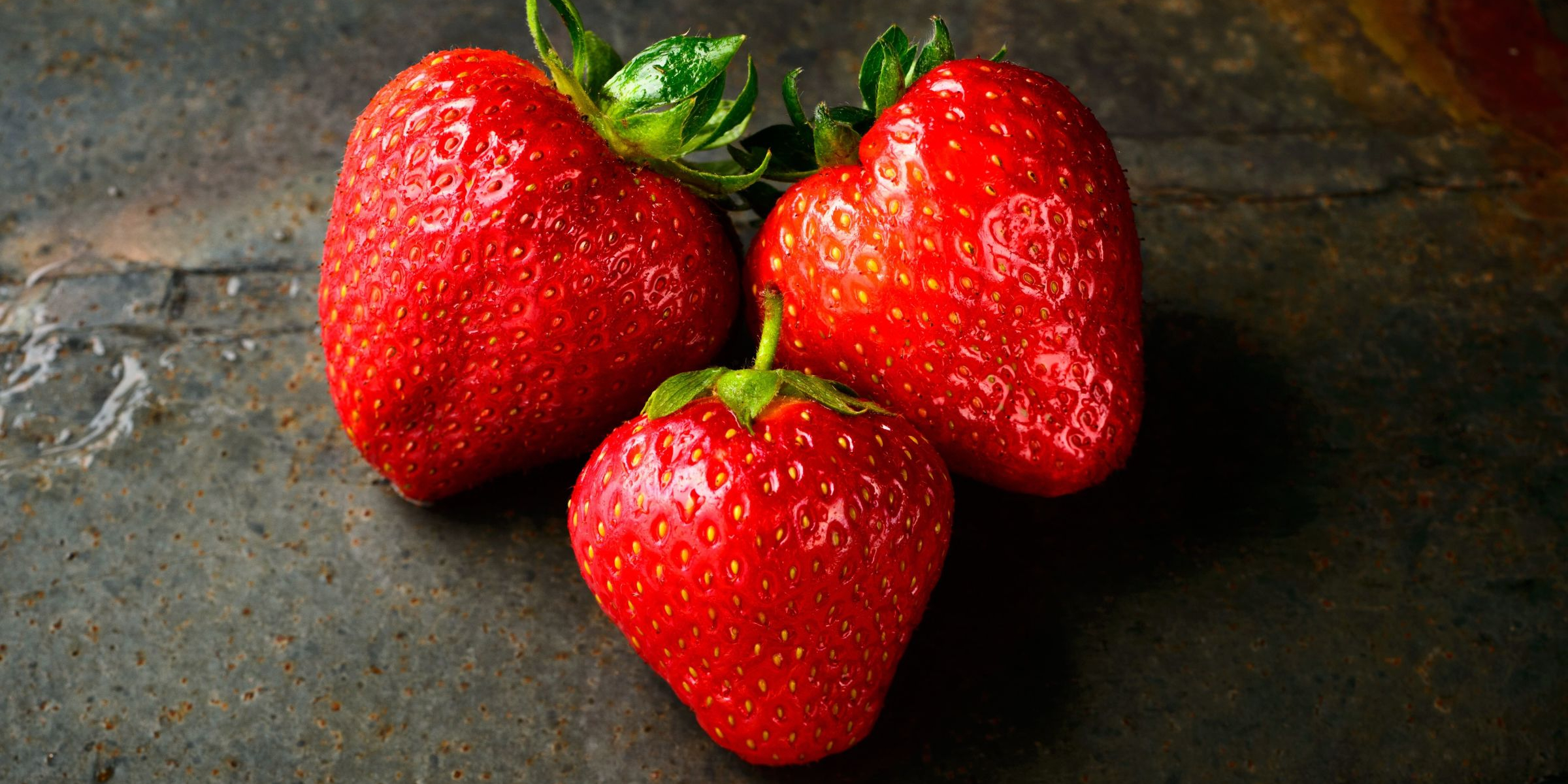
Micropleasures: Delicious small meditations
Micropleasures are small experiences of pleasure that last less than a minute. They are short meditations that explore, create and cultivate positive and pleasant thoughts and feelings in everyday life. Regular training in micropleasures helps us create a personal culture of satisfaction.
Micropleasures belong to the meditation path called Nurture Positive in the Unified Mindfulness-system. Micropleasures are a type of micropractice, and like all micropractices, they train mindfulness skills throughout the day. Micropractices are short mindfulness practices, lasting less than ten minutes, often just a minute or less.
However, micropleasures are different from usual mindfulness meditation, where we do not try to change anything in our experience. Instead, in Nurture Positive micropleasures, we actively focus on positive sensory experiences, to change for the better how we relate to the world.
A micropleasure has three steps:
- Take a break from what you are doing
- Choose a specific micropleasure
- Practice and enjoy the micropleasure and maybe share it with someone.
There are three ways to practice a micropleasure.
- The simplest is just to enjoy it.
- We can put the pleasure and experience in the foreground of consciousness, while in the background, we train in concentration, equanimity, and sensory clarity.
- We can practice the micropleasure as an explicit meditation, with as much concentration, equanimity, and sensory clarity as we can muster.
In the latter two, pleasure becomes a tool for training mindfulness.
How to identify and choose micropleasures
In his book The Endorphin Effect, Harold Bloom uses the word “strawberries’’ for experiences that evoke pleasure. That’s exactly what we are looking for in our life to use as micropleasures.
You might want to make lists of such strawberries by asking questions like:
- What creates positive emotions in you?
- Where do you find pleasure?
- What puts you in a good mood?
- What makes you smile?
- What opens your heart?
- What do you find sensual?
- What makes you appreciate life?
Your own strawberries
Below are some suggestions for strawberries, taken from Bloom, the cognitive scientist John Vervaeke, and the couples therapist Peter Fraenkel, as well as some of my own:
- Places we have been, or not been but want to visit
- People who inspire us, make us feel peaceful, excite us, feel healing to us, or that we experience as holy
- Animals we particularly like
- Activities that make us happy, give us joy or feel meaningful, such as: walks, sports, love, repairing something, sitting under trees, reading, dancing, gardening, painting, cycling, understanding a problem and solving it, being with children, working, being lazy, traveling, cooking, cleaning, lying in bed, being in town, climbing, going to a film, play or concert, meditating (!), getting or giving a massage, shopping, eating, playing games, dressing nicely, solving crossword puzzles, and so on.
- Activities that put us in the flow zone, such as running, doing sports, playing an instrument, dancing, and so on.
- Peak experiences we have had are good sources of strawberries, situations that felt unusually satisfying or meaningful, such as: giving birth, winning a sporting competition, succeeding at something, a significant meditation experience, a holiday celebration, a moment of love, or actually falling in love, a religious experience, and so on. If you cannot remember a peak experience, it is perfectly OK.
- Symbols, religious figures, and the sacred are particularly useful as strawberries. Vervaeke says that the sacred is something you can always come back to, where you always find something new and nourishing. For him, the works of Plato serve this function. For ourselves, we should not choose something or someone out of obligation or reputation, but because we actually get a good feeling from it. Again, if you do not have such symbols or figures, it is perfectly fine.
- Sensory experiences such as textures, smells, tastes, sounds, colors can be strawberries, for example: the smell of essential oils, a forest, freshly cut grass, the sensory qualities of someone you like, the feeling of skin, silk, latex, marble, lacquered wood, the sound of birds, wind in the trees, trickling streams, or, of course, the taste of strawberries.
We can practice micropleasures together with a partner, and it creates what Fraenkel calls an arc of connection. In fact, he recommends that all couples practice micropleasures together at least three times daily to promote their mutual satisfaction: in the morning, middle of the day, and in the evening. And this goes not least for couples who are struggling or even about to break up.
Good examples of micropleasures for couples are:
- long caresses or hugs
- small gifts
- telling a good story or joke
- making a toast together
- dancing
- flirtatious texting
- sending a pleasant or funny picture
- or simply paying particular attention to each other for a few moments
And finally, one of the most enjoyable strawberries and micropleasures is just making lists of strawberries itself!
Practicing micropleasures, and seeing a culture of contentment and enjoyment emerge in our daily life, is highly rewarding. It’s difficult to imagine more enjoyable homework.